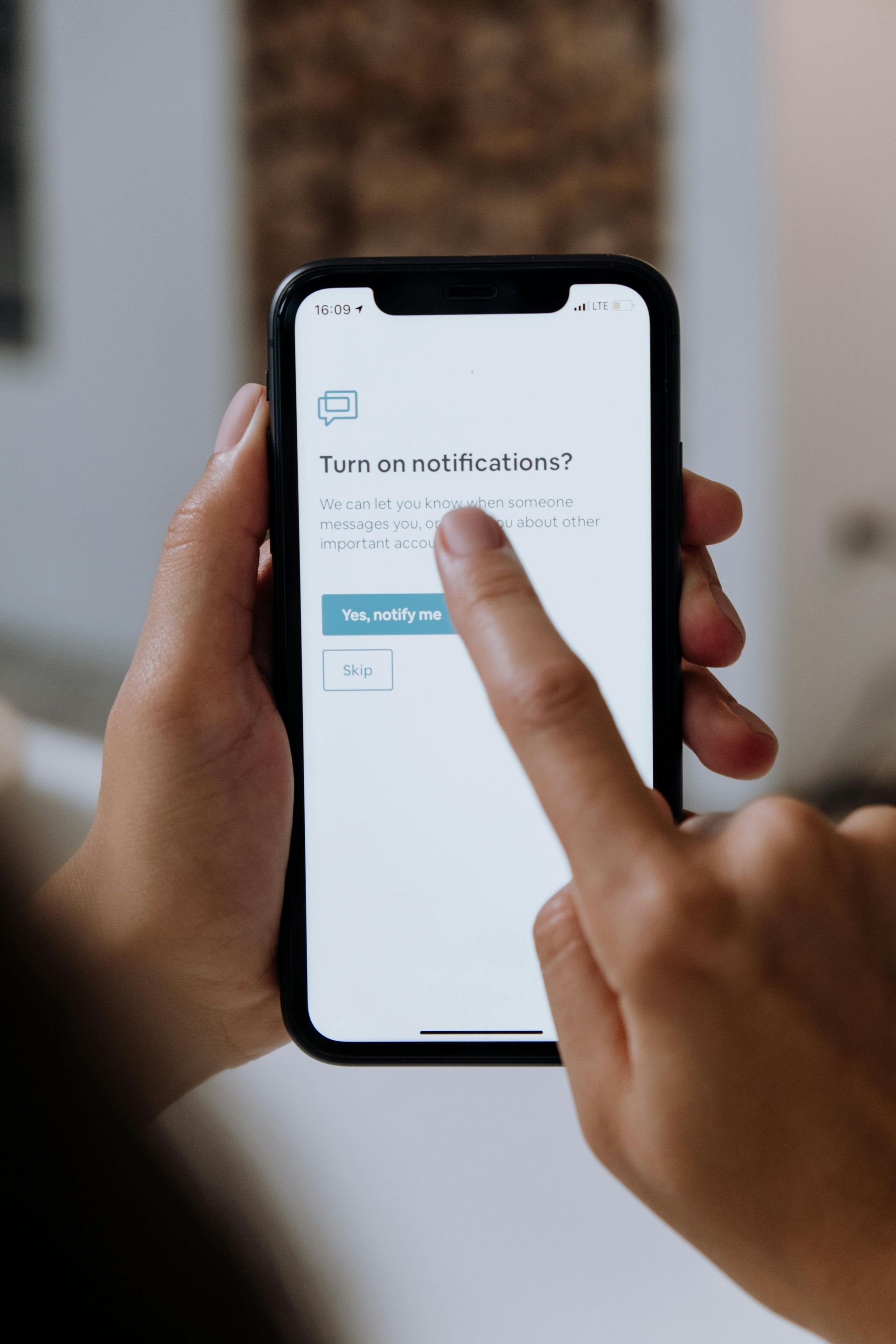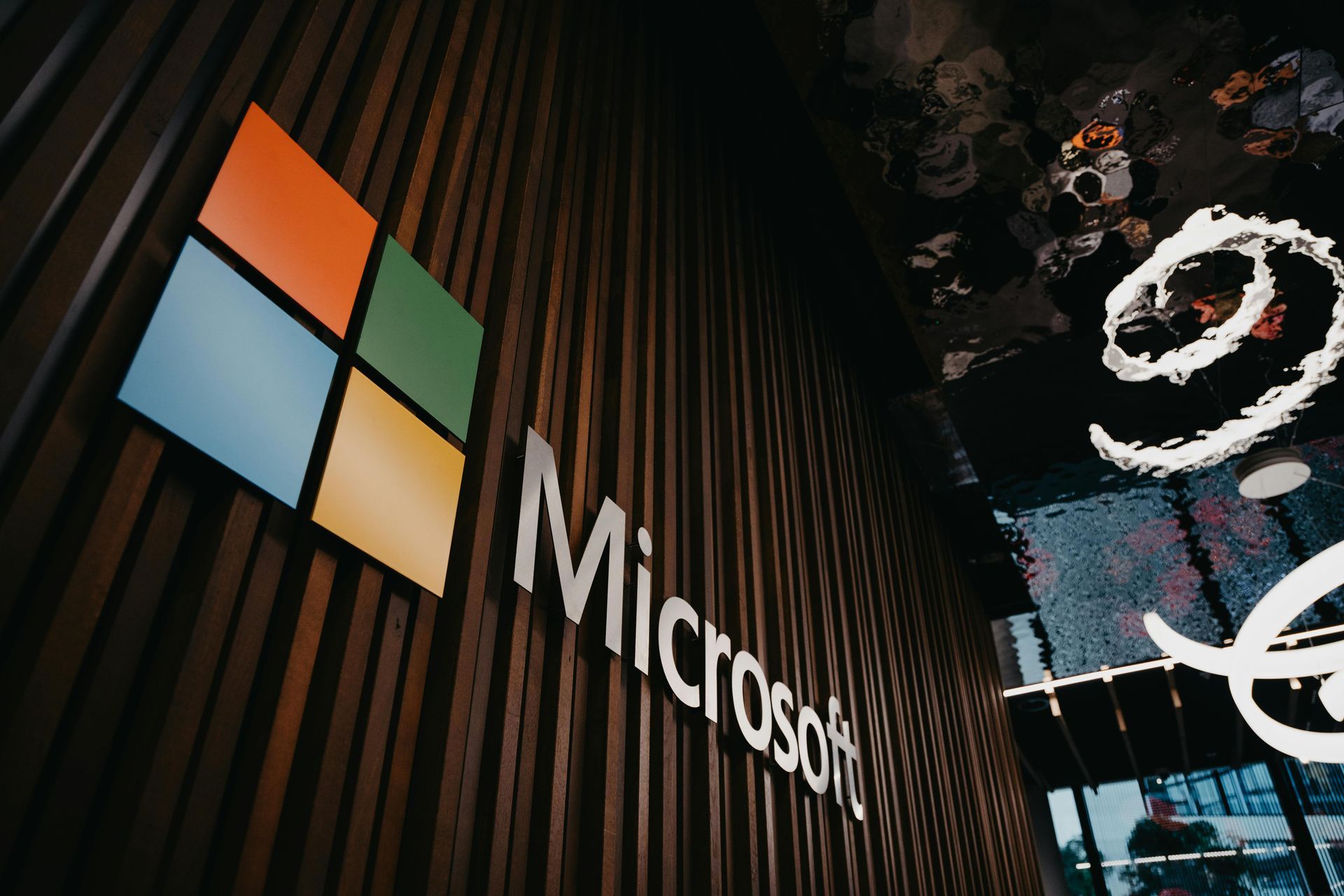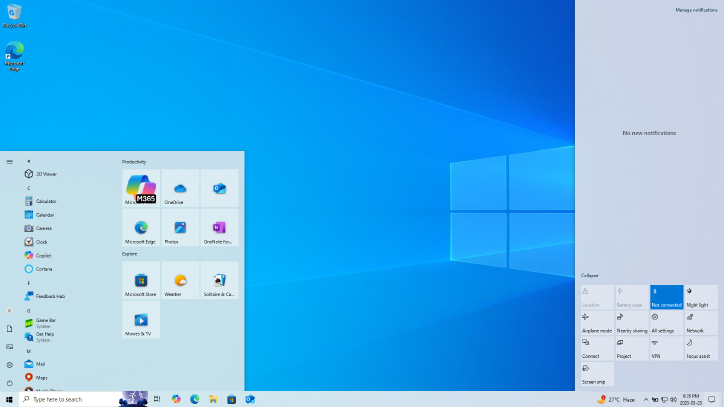Critical Microsoft Entra ID Vulnerability Exposes Enterprise Security Risks
Microsoft recently addressed a critical security vulnerability in its Entra ID platform that could have allowed attackers to impersonate any user, including those with the highest administrative privileges, across any organisation's tenant. This incident highlights the evolving sophistication of cloud-based threats and the critical importance of comprehensive identity security strategies.

The Severity of the Threat
The vulnerability received the maximum security severity rating of 10.0, reflecting its potential for catastrophic organisational impact. What made this flaw particularly dangerous was its ability to circumvent multiple layers of enterprise security controls, including multi-factor authentication and conditional access policies, whilst operating largely undetected.
The vulnerability, designated CVE-2025-55241, stemmed from a critical flaw in how Microsoft's legacy Azure AD Graph API handled token validation. Specifically, the issue involved service-to-service (S2S) actor tokens issued by the Access Control Service (ACS) combined with inadequate tenant validation in the deprecated Azure AD Graph API (graph.windows.net).
This validation failure meant that tokens intended for use within one tenant could be improperly accepted and used to access resources in completely different tenants. Attackers could craft actor tokens from their own test environments and use them to impersonate Global Administrators in any other organisation's tenant, effectively bypassing tenant isolation boundaries that are fundamental to multi-tenant cloud security.
Most concerning was the stealth nature of potential attacks. The Azure AD Graph API lacked comprehensive audit logging capabilities, meaning that malicious activities could occur without leaving clear forensic evidence in standard monitoring systems. This logging gap created significant blind spots that could allow attackers to access user information, group and role details, tenant settings, application permissions, device information, and even BitLocker encryption keys without detection.
The vulnerability was particularly insidious because the malicious tokens would still be subject to Conditional Access policies, making the authentication attempts appear legitimate to security monitoring systems. This meant that even organisations with robust conditional access controls in place could be vulnerable to exploitation.
Understanding the Business Impact
When threat actors can assume the identity of highly privileged administrative accounts, the potential for damage extends across an organisation's entire digital infrastructure. Such access enables attackers to create new user accounts, modify security configurations, grant themselves additional permissions, and access sensitive data across all connected Microsoft services including email systems, collaboration platforms, and cloud storage.
The interconnected nature of modern Microsoft cloud services means that Global Administrator access to Entra ID effectively provides control over an organisation's entire Microsoft 365 ecosystem, including Exchange Online, SharePoint Online, Teams, and Azure resources. Administrative access at the tenant level enables attackers to grant themselves rights on Azure subscriptions, potentially compromising any resource hosted in the organisation's Azure environment.
The technical exploitation path was remarkably simple: an attacker needed only to obtain an actor token from their own environment and present it to the vulnerable Azure AD Graph API endpoint. The API's failure to properly validate the originating tenant meant it would accept the token and grant the requested permissions, effectively treating the attacker as a legitimate Global Administrator.
Beyond immediate access concerns, such compromises can result in significant business disruption, regulatory compliance violations, intellectual property theft, and substantial remediation costs. The ability to operate undetected could allow attackers to maintain persistent access for extended periods, maximising the potential for data exfiltration and system manipulation.
The Evolving Threat Landscape
This vulnerability represents part of a broader pattern of increasingly sophisticated attacks targeting cloud identity and infrastructure platforms. Recent security research has revealed numerous attack vectors that exploit the complexity and interconnected nature of modern cloud environments.
Key areas of concern include:
Legacy Interface Exploitation: The Azure AD Graph API, which was officially deprecated and scheduled for retirement by August 31, 2025, continued to present security risks despite Microsoft's migration recommendations. This demonstrates how deprecated interfaces can become significant attack vectors when they retain powerful capabilities whilst lacking modern security controls.
Token Validation Architecture: The vulnerability highlighted fundamental challenges in multi-tenant token validation systems. The failure occurred because the legacy API did not adequately verify that tokens were being used within their intended tenant boundaries, allowing cross-tenant impersonation attacks.
Service-to-Service Authentication: The exploitation of S2S actor tokens issued by the Access Control Service revealed risks in how cloud platforms handle automated authentication between services. These tokens, designed for legitimate inter-service communication, became weapons when proper validation controls were absent.
Logging and Monitoring Gaps: Legacy systems and deprecated interfaces may lack comprehensive logging capabilities, creating blind spots in security monitoring that attackers can exploit to avoid detection.
Moving Forward
While Microsoft has addressed this specific vulnerability, the incident serves as a reminder that cloud security is an ongoing challenge requiring constant vigilance. The complexity of modern cloud platforms creates numerous potential attack vectors, and organisations must maintain robust security practices to protect against emerging threats.
The interconnected nature of modern business systems means that security vulnerabilities can have far-reaching consequences. This incident underscores the importance of treating identity security as a foundational element of enterprise cybersecurity rather than just another component to manage.
As organisations continue to embrace cloud technologies and digital transformation initiatives, they must ensure that security considerations remain at the forefront of their planning and implementation processes. The cost of reactive security measures far exceeds the investment required for proactive protection.
---
At Altiatech, we help organisations navigate complex identity security challenges and implement comprehensive security strategies. Our team stays current with emerging threats and works with clients to ensure their identity infrastructure remains secure and resilient against evolving attack methods.













